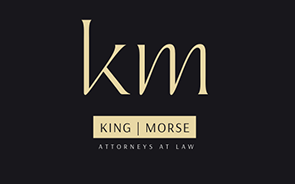Courts of law play an essential role in society: they resolve disputes between individuals, businesses and government agencies, keeping people from taking matters into their own hands. Courts also protect society from tyranny and other forms of abuse perpetrated by governments, members of minority groups from the majority and the rights of people unable to protect themselves. Still, courts in Florida don’t always get things right.
Ever heard of a man named William Blackstone?
In the mid-1700s, the English legal expert William Blackstone published Commentaries on the Laws of England, arguably one of the most seminal legal works in modern history. The most important idea derived from this work is what’s now known as Blackstone’s ratio: “All presumptive evidence of felony should be admitted cautiously; for the law holds it better that ten guilty persons escape, than that one innocent suffer.”
Keeping poor evidence out of criminal trials
Before trial, plaintiffs and defendants present what evidence they’d like juries to hear to the judge. Criminal courts routinely exclude poor evidence that has no basis in fact. Still, despite the fact that eyewitness testimony has long been proven unreliable, judges continue to admit eyewitness testimony as evidence.
The saying that shouldn’t be
From childhood, parents, teachers and other adults tell children to speak up if they’ve seen someone do something wrong. As the saying goes, “If you see something, say something.” Right?
It’s time to rethink that all-too-common phrase
Valiant efforts by criminal justice reform advocates have led to roughly 2,400 overturned convictions in the United States since 1989. Of the 349 overturned convictions that involved post-conviction DNA evidence, 70% involved eyewitness misidentifications. Still, eyewitness testimony remains a leading form of evidence used to convict alleged criminals.
Administrators of traditional eyewitness identification lineups frequently unintentionally encourage witnesses to select one person over another. Eyewitnesses often assume that administrators always include the perpetrator in lineups, causing them to identify someone despite not being certain. Administrators also tend to include many suspects that don’t match eyewitness descriptions of race, height, weight or other physical characteristics. These flaws all make eyewitness testimony a notoriously weak form of evidence.
Thanks to mounting evidence against the reliability of eyewitness testimony, innocent defendants may bolster their defenses by asking judges to omit such testimony as permissible evidence.


